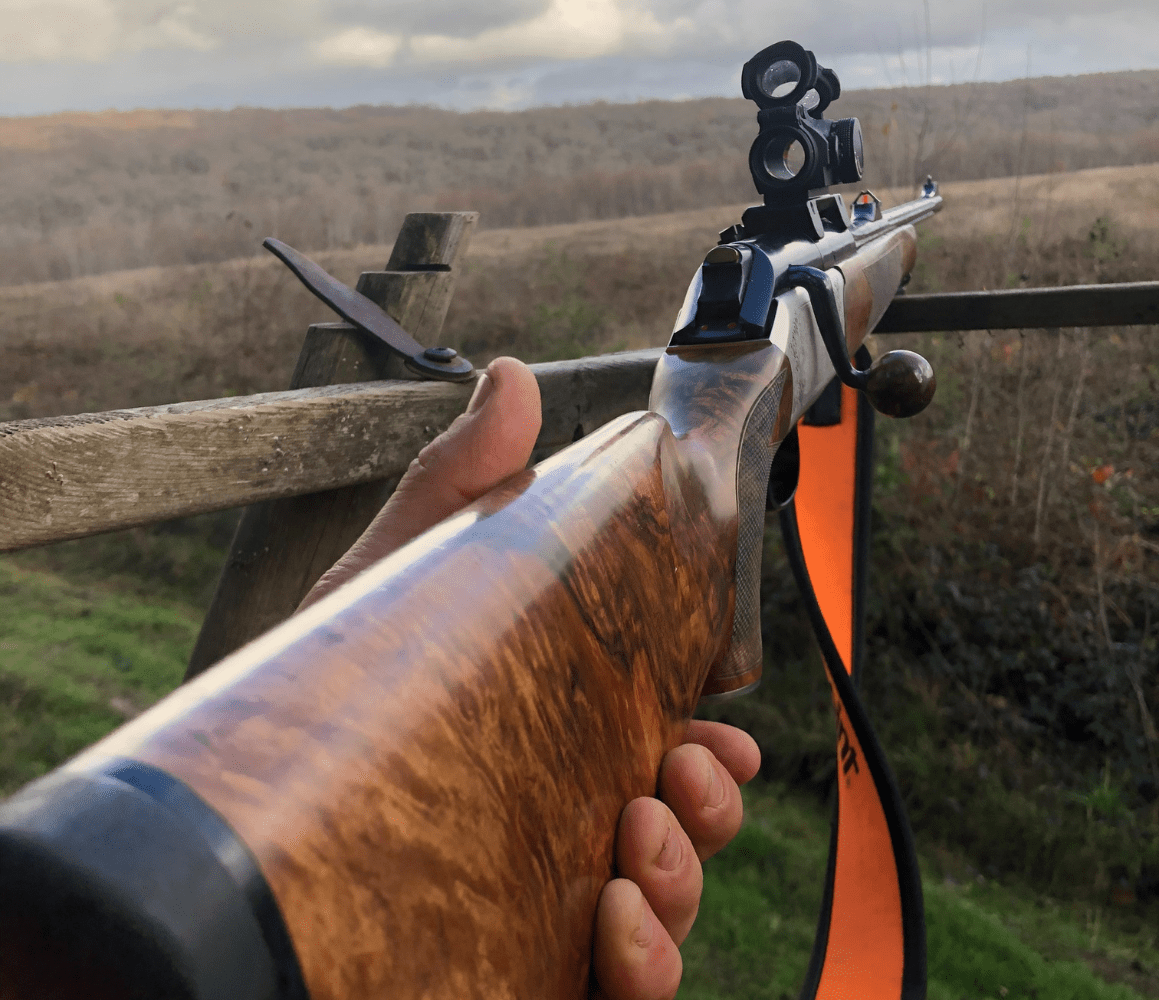Un nouveau réseau de distribution
Fruit de notre alliance avec le groupe Beretta, nous sommes heureux d’officialiser notre nouveau réseau de distribution mondial avec les 14 principales filliales étrangères

Hunting is a highly regulated activity. So before you can fire your first bullets and cartridges, you need to pass the hunting licence exam.
Organised by the French Office for Biodiversity (OFB) and the French Hunting Federation, the hunting licence is available to all prospective hunters over the age of 15 who wish to pursue their passion.
There are a number of formalities to complete before you can register for the exam. You will need to attend a preparatory course for the practical exercises and theory workshops at the Departmental Federation of Hunters. (FDC). The FDC will suggest training dates. (This course can be taken before the age of 15).
To take the exam, you will also need to provide a medical certificate and a sworn statement to the effect that you are not on the National Register of Persons Prohibited from Acquiring or Possessing Weapons by the administrative or judicial authorities.
Once all these formalities have been completed, you can take the test.
The test takes place over a single day and comprises a practical part and a theoretical part. In total, the hunting licence is marked out of 31 points. You need to score at least 25 points to pass the test. But be careful not to make any eliminatory mistakes!
In this article, we’ll explain how the exam works and give you some tips on how to approach the tests with confidence and pass your hunting licence with flying colours!


The hunting licence exam begins with the practical test. This is undoubtedly the most important part of the test, as it determines whether or not you pass the second part, the theory questions. Any mishandling of the weapon or failure to observe a safety rule during the test will result in elimination.
The practical part of the test is divided into 4 workshops, which will enable you to be confronted with the different situations you are likely to encounter during the hunting season.
The aim of the various workshops is above all to ensure that you know how to handle your weapon correctly, while respecting the safety of other users.
In this workshop, you will cross a fence or ditch with your weapon in hand. Before crossing the obstacle, you must unload your weapon to comply with safety rules. You will then have to fire, or refrain from firing, at randomly thrown clay targets. Some trays will be fired at cars, houses or human figures represented by dummies.
Depending on the type of weapon you have, you will need a long or short holster to make a fictitious trip in a vehicle.
During this workshop, 6 clay trays are thrown. One is thrown at a human figure and another is red to symbolise a protected species of bird. Shooting at one of these two trays is disqualifying.
The last workshop is a simulation. You are a hunter stationed in a driven hung, and must demonstrate your understanding of the various phases of organising this type of hunt. There will then be an exercise in handling your rifle. You will have to dismantle and assemble the bolt, and then load and unload the weapon.
Finally, you will have to shoot twice at a moving target, symbolising a boar leaving the stalk. Be careful to observe the safety rules.
Throughout the practical test, don’t hesitate to take your time to show the examiner that you are aware of your surroundings. This shows that you are making sure the area is clear and safe before handling the weapon. Never handle your weapon in the direction of a person or object.
Before loading your weapon, always make sure that the barrels are not obstructed.
The key to the test is to be methodical and, above all, not to put pressure on yourself.

The theory test takes place just after the practical workshops. During this part, you will have to answer 10 theoretical questions on various topics :
o Weapons and ammunition
o Laws and regulations relating to the hunting police and nature conservation
o Knowledge of hunting
o Knowledge of wildlife and its habitats
Some questions, particularly those on safety, are eliminatory. But don’t worry, on the day of the test, everything is done to ensure that you are in the best possible condition to answer the questions.
Practising well and regularly revising the different topics is obviously the key to obtaining the long-awaited pass.
The National Federation of Hunters website gives you access to resources to help you practise and prepare effectively for the theory test.
In particular, you’ll find a list of the eliminatory questions you may be asked on the day of the test.
Don’t hesitate to try out the different series of questions and the mock exam, as this will give you an idea of the type of questions you’ll be asked and help you to prepare more calmly for the test.
Fruit de notre alliance avec le groupe Beretta, nous sommes heureux d’officialiser notre nouveau réseau de distribution mondial avec les 14 principales filliales étrangères
Fruit de notre alliance avec le groupe Beretta, nous sommes heureux d’officialiser notre nouveau réseau de distribution mondial avec les 14 principales filliales étrangères
Fruit de notre alliance avec le groupe Beretta, nous sommes heureux d’officialiser notre nouveau réseau de distribution mondial avec les 14 principales filliales étrangères
Fruit de notre alliance avec le groupe Beretta, nous sommes heureux d’officialiser notre nouveau réseau de distribution mondial avec les 14 principales filliales étrangères
Fruit de notre alliance avec le groupe Beretta, nous sommes heureux d’officialiser notre nouveau réseau de distribution mondial avec les 14 principales filliales étrangères